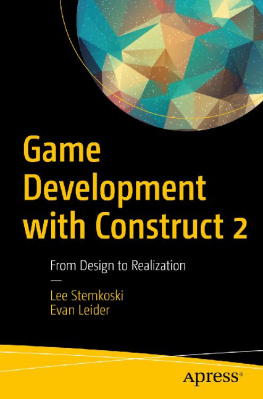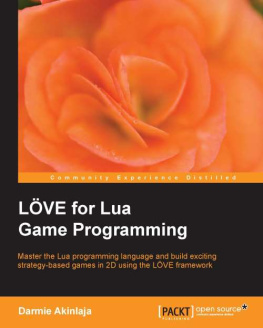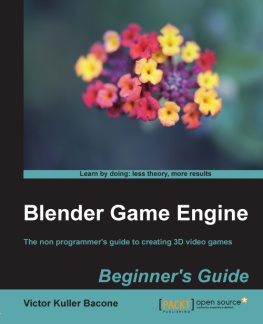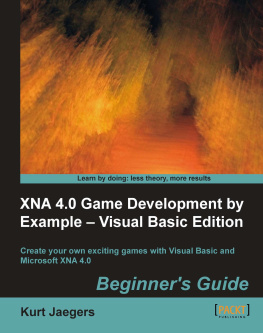1. Getting Ready!
Before you felt the urge to create your own games, you probably were a consumer of games for quite some time. Youve played a lot of them over the years, and you have intuitive ideas of what appeals to gamers like you.
Prior to getting serious about game development , you should consciously seek factors that make a game great. The biggest overall successes in entertainment software history all share common traits. To a degree, you are wise to emulate them. Lets take look at these titles, shall we?
Tetris for mobile devices by Alexey Pajitnov & EA : More than 100 million copies sold. It was originally released in 1984 for the Electronika 60, a then-hip computer from the Soviet Union.
Wii Sports by Nintendo : More than 82 million copies sold.
Minecraft by Mojang : More than 70 million copies sold.
Grand Theft Auto V (GTA V) by Rockstar Games : More than 52 million copies sold.
Super Mario Bros by Nintendo : More than 40 million copies sold.
Now lets take a look at the indie contestants.
Minecraft by Mojang : More than 70 million copies sold
Super Meat Boy by Team Meat : More than 40 million copies sold
Fez by Polytron Corporation : More than 40 million copies sold
World of Goo by 2D Boy : More than 40 million copies sold
Bastion by Supergiant Games : More than 3 million copies sold
What do all of these titles have in common? Theyre multiplatform. In some cases, theyre very, very multiplatform. One of them, Wii Sports , came bundled with a cool new systemsee if you can get on that bandwagon! These ten games are intuitive to grasp and control, offering a smooth gaming experience. There are also memorable main characters with highly merchandisable gimmicksItalian plumbers, anyone? And theres a lot of violence, in the case of GTA V (and many hit games that didnt quite make the list), which is a gangbanger simulation of the highest caliber. For some reason, the people of this planet really, really enjoy their extreme violence.
So, the following features are what sells:
Flawless game mechanics : The player doesnt have to struggle with controls or grasping the idea of the franchise. The basics are simple, and they work at all times.
Lasting challenge : The game is virtually unbeatable (like Tetris and Wii Sports ) and/or provides tons of replayability.
Deployment for multiple platforms : Keep those Windows-only games to a minimum.
Memorable, merchandisable characters .
Conflict and violence . In general, this planet loves it. In games, it certainly helps.
Now, as a small developer, its likely you will need to wear many hats. Lets take a look at these roles in the video game industry next. Working with modern video gamemaking software, its unlikely you will need to ever dwell very deep into more complex areas of programming, but its still a good idea to get acquainted with some common industry job titles.
Who Does What in the Video Game Industry
Many of the following development team roles are increasingly becoming specialized as video games rival blockbuster movies in their armies of creative people working on them.
Producer
Responsible for keeping the whole project together, a video game producer benefits from both hands-on experience in as many related fields as possible and a sense of overall vision. The number of a producers creative responsibilities varies within development teams. In some cases, a producer solely works as management, solving conflicts and keeping a team going.
This may be an unnecessary post in smaller projects, however. A tiny operation obviously doesnt benefit much from a hired producer.
Some typical producer duties include the following:
Designer
Video game designers come up with the conceptual part of a product. Good game design is timeless. Think of chess: it was designed in the sixth century and is still going strong. Creating balanced game dynamics and a low enough learning curve are the designers job. Also, as sprawling 3D games are all the rage, level designers are very much in demand. Modern level designers usually work with dedicated software, sometimes provided by the programmers in the team.
Programmer
Programmers handle perhaps the most diverse bunch of duties within game production. There are numerous specialized programming fields needed in creating a competitive product. In the early days of the 1980s, being a programmer meant you were the sole person behind a title. Not so much in modern times, although there are exceptions ( Minecraft , for one, is a one-person operation). Being a programmer can mean these things and much more.
Game core creator : This is what people usually mean by programmer. The game core creator is responsible for game mechanics, main visuals, and player controls.
Artificial intelligence developer : This person is responsible for making smart enemies within a game.
Problem solver : If youre really good, you may be hired as a mercenary programmer to solve a development teams issues within a project.
Physics expert : This person is responsible for creating realistic maps/levels for games with a set of artificial laws of physics governing the game world.
Networking specialist : Many games are run online these days as multiplayer war zones. This creates a whole host of challenges to a project.
Usually, being a good programmer requires a strong sense of logic and/or mathematics. The importance of math is somewhat exaggerated in most programming literature, but it always helps. Some fields of programming work, such as physics, simply do require strong math skills.
Many programmers have a pet language, which is one they are most comfortable with. Make sure yours is one of the more useful ones, such as C++ or Java.
Visual Artist
Video games used to mostly feature simple on-screen shapes for visuals. Since the advent of 3D graphics in the mid-to-late 1980s, visual artists span an increasingly large group of subfields. These include the following:
2D artist : This includes duties such as presentation and, in the case of 2D games, in-game visuals.
3D artist/3D modeler : These artists create 3D objects with software such as Blender or Maya.
3D animator : This may in many cases be the job of the modeler also. An animator works with the 3D objects created by the modeler and crafts fetching animated sequences, such as a 3D human walking, running, or fighting.
Texture artist : In essence, 3D objects need a coat of digital paint on them to make them look less bland and more realistic, which is the duty of the texture artist.
Environmental artist : Most 3D games need compelling vistas to make them draw the players in.
Conceptual artist : Especially bigger projects benefit from unified art direction. Concept drawings on whatever media help with this goal .

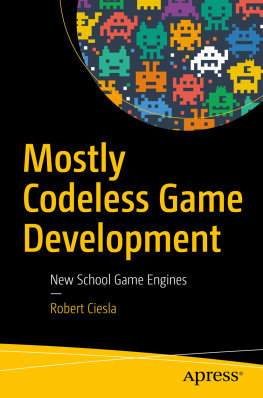
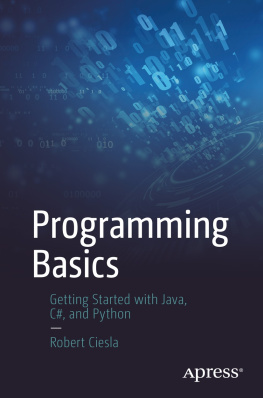
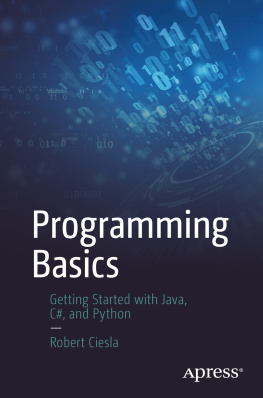


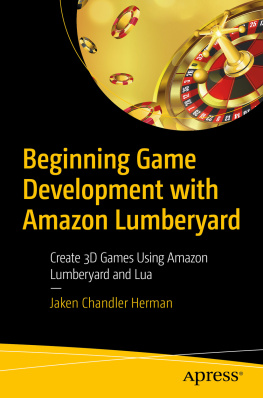

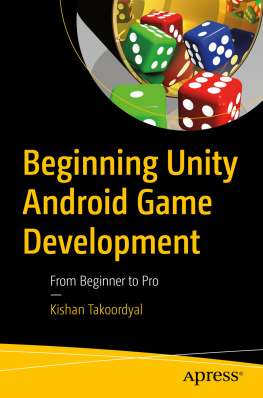

![Damilare Darmie Akinlaja [Damilare Darmie Akinlaja] - LOVE for Lua Game Programming](/uploads/posts/book/124110/thumbs/damilare-darmie-akinlaja-damilare-darmie.jpg)
![Emanuele Feronato [Emanuele Feronato] - Flash Game Development by Example](/uploads/posts/book/120345/thumbs/emanuele-feronato-emanuele-feronato-flash-game.jpg)
